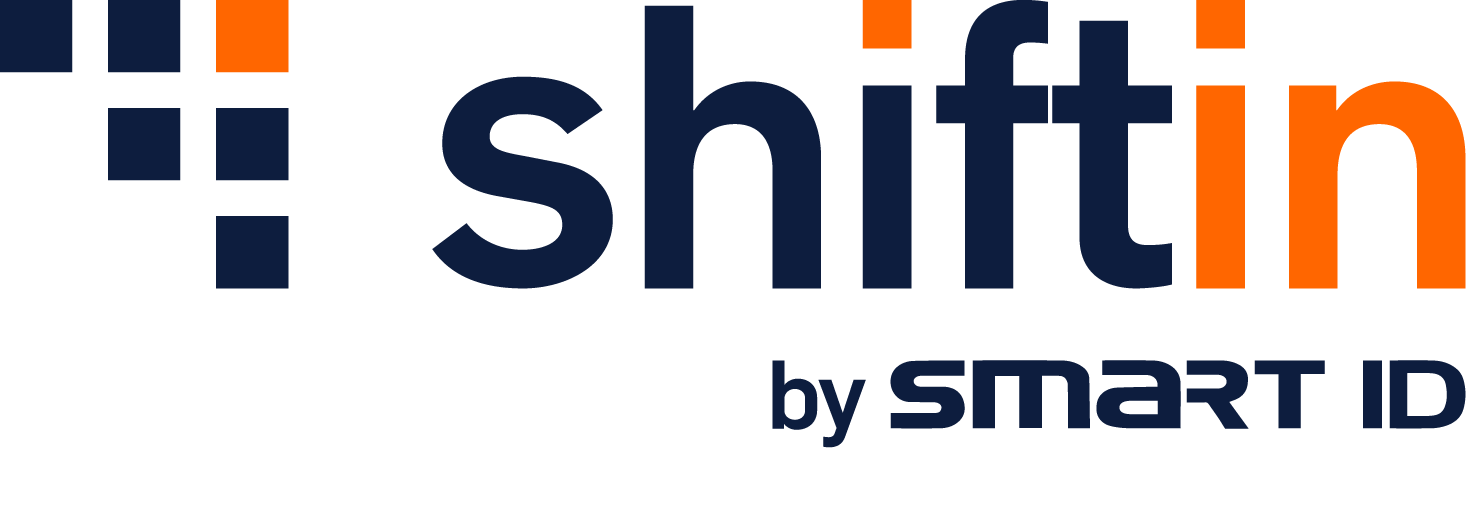shiftin – soluție software de planificare automată a turelor de lucru

Accesibilă de pe mobil și de pe desktop, shiftin este singura aplicație de care vei avea nevoie, în afacerea ta, pentru a planifica automat angajații, în funcție de obiectivele de performantă ale companiei.
Testimoniale
„Cred în impactul transformator pe care shiftin-ul îl va avea asupra managementului forței noastre de muncă la Dr. Max Group. Cu funcțiile sale automate de planificare a schimburilor și de control al orelor suplimentare, credem că vom optimiza productivitatea, asigurând în același timp conformitatea cu legislația muncii a UE. În Dr.Max credem că interfața intuitivă Shiftin și canalele de comunicare fără întreruperi ne vor eficientiza operațiunile, permițându-ne să echilibrăm sarcinile de lucru în mod eficient și să răspundem rapid la situații neprevăzute.”
Branislav Chmela
Group Chief Retail Operations & HR Officer Dr.Max Pharmacy Chain
shiftin – susține eficacitatea operațională
Procesul de planificare a turelor de lucru este 100% automatizat și ține cont de obiectivele de business ale companiei. Planificarea angajatilor se realizează prin compilarea unui spectru larg de date.
Găsești rapid soluții pentru rezolvarea situațiilor neprevăzute
Prin funcționalitățile shiftin, utilizatorii pot cu usurință:
- crea și gestiona ture optime de lucru
- obține soluții în timp real în caz de situații neprevăzute de lipsă de personal
Absențele, concediile, schimburile de ture sau preferințele de lucru, sunt rezolvate, de acum, simplu și automat de shiftin.
Totul este:
- Colaborativ
- Trasabil
shiftin – îți planifici echipa împreună cu echipa
Prin utilizarea shiftin, activitatea de planificare a turelor de lucru este simplificată și armonizată. Fiecare membru al echipei este aliniat la același model de lucru și totul este colaborativ.
9/10 de angajați au raportat satisfacție pentru programul lor. Și asta pentru că, prin intermediul aplicației mobile, ei pot comunica disponibilitatea sau indisponibilitatea de lucru, pot solicita zile libere, pot schimba ture cu alți membri ai echipei și, desigur, își pot verifica programul oricând si oriunde.
shiftin – adaptat modelului tău de business
Indiferent de mărimea și tipologia business-ului tău, shiftin te ajută să iei, rapid, cele mai bune decizii cu privire la alocarea resurselor tale.
Aplicația este flexibilă, scalabilă și pregătită să deservească diverse complexități și culturi organizaționale.
Vizibilitate 360 asupra programului de lucru al echipei tale
Accesibilă de pe mobil și de pe desktop, shiftin este singura aplicație de care vei avea nevoie, în afacerea ta, pentru a planifica automat angajații, în funcție de obiectivele de performanta ale companiei.
De ce să alegi shiftin
Librarie vastă de reguli configurabile
Scalabilă pentru orice tip de afacere sau reguli legislative
Disponibilitatea și mobilitatea angajaților
Managementul absențelor
Transmitere automată a pontajului către payroll
Rapoarte de performanță a planificării
Notificări în timp real
Oferim cele mai bune soluții IT&C cu ajutorul partenerilor noștri
shiftin, recomandat de:










